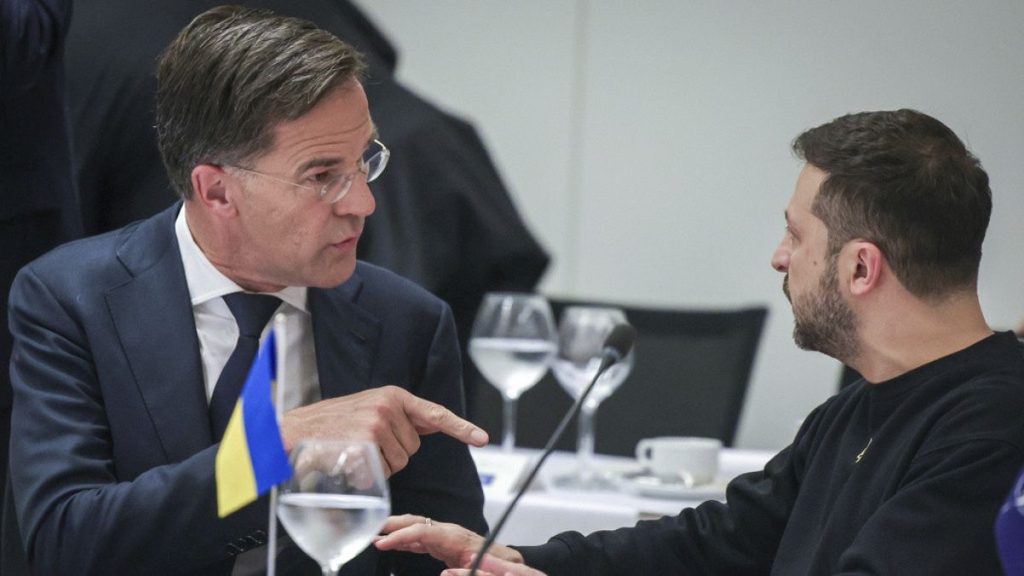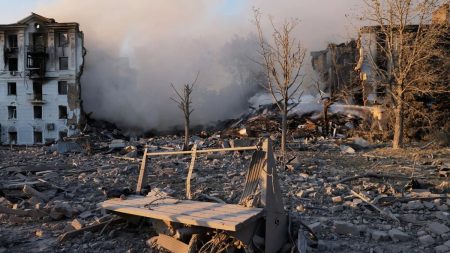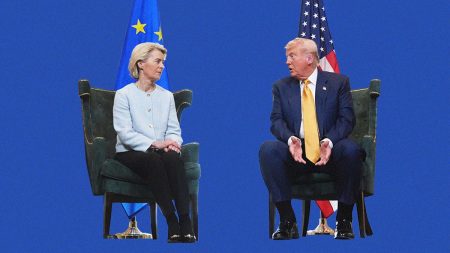The debate surrounding Germany’s provision of Taurus cruise missiles to Ukraine has intensified, with NATO Secretary-General Jens Stoltenberg (not Mark Rutte, as initially reported) publicly rebuking Ukrainian President Volodymyr Zelenskyy for his criticism of German Chancellor Olaf Scholz. Stoltenberg’s intervention highlights the delicate balancing act within the NATO alliance, where supporting Ukraine’s defense against Russian aggression must be weighed against the potential for escalating the conflict. Germany’s reluctance stems from concerns that supplying these long-range missiles, capable of striking deep within Russian territory, could provoke a dangerous response from Moscow.
Germany’s substantial financial and military aid to Ukraine, second only to the United States, underscores its commitment to supporting Kyiv. However, the Taurus missile issue has become a point of contention, exposing differing perspectives on risk tolerance within the alliance. While allies like France, the UK, and the US have provided longer-range weapons, Germany remains hesitant, citing the risk of escalating the conflict. This cautious approach reflects Germany’s complex historical relationship with Russia and its deep-seated aversion to military intervention.
Stoltenberg’s defense of Scholz reflects a broader concern within NATO about maintaining unity and avoiding public disagreements that could be exploited by Russia. While acknowledging the importance of providing Ukraine with the necessary capabilities, Stoltenberg emphasized that decisions on specific weapon systems are ultimately the prerogative of individual member states. He implicitly urged Zelenskyy to exercise restraint in his public pronouncements, emphasizing the need for a united front against Russian aggression. This intervention also underscores the sensitivity surrounding the Taurus missile issue and the potential for it to strain relations within the alliance.
The contrasting positions on Taurus missiles highlight the diverse threat perceptions and strategic calculations within NATO. While some members view providing Ukraine with longer-range weapons as essential for deterring further Russian aggression and enabling Ukraine to reclaim its territory, others worry about the potential for unintended consequences and escalation. This divergence reflects the complex geopolitical landscape and the difficulty of calibrating responses to the evolving dynamics of the conflict. The debate underscores the ongoing need for careful coordination and open communication within the alliance to manage these differing viewpoints and maintain a cohesive strategy.
Scholz’s domestic political challenges further complicate the situation. Facing low approval ratings and a fractured coalition government, he is navigating a precarious political landscape. The upcoming snap election adds another layer of complexity, with the opposition Christian Democratic Union (CDU) leader Friedrich Merz openly advocating for supplying Taurus missiles to Ukraine. This political pressure adds an internal dimension to the debate, potentially influencing Scholz’s calculations and further polarizing the issue within Germany.
The broader context of European defense spending also plays a role. While NATO members are reportedly on track to collectively reach the 2% GDP spending target this year, this achievement is unevenly distributed, and some nations continue to fall short. The incoming US administration’s anticipated push for increased defense spending to 5% of GDP adds another layer of pressure on European allies. This financial burden, coupled with the ongoing debate over specific weapon systems like the Taurus missile, highlights the complex challenges facing the alliance as it grapples with the evolving security landscape and the ongoing war in Ukraine. The interplay of these factors – domestic politics, alliance dynamics, and financial pressures – shapes the ongoing debate and underscores the difficult choices facing European leaders as they navigate this complex and evolving conflict.














